In this post, we will be sharing valuable tips on how to avoid new product design mistakes when your’re working with industrial design agencies. Developing a new product from start to finish is both time-intensive and costly. It’s a long road between coming up with an idea, developing it into something marketable, and finally getting that finished product in your hands. By the time you’ve gotten even a small run of products, you’ve probably invested thousands of dollars, hundreds of man-hours, and a small piece of your soul into your venture. The last thing you want as you see the product come to completion is to fail because of a mistake that was made along the way.
Table of contents
- 15 Tips on how to avoid new product design mistakes when working with industrial designers
- 1. Know your design goals
- 2. Check for intellectual property carefully
- 3. Make team communication a priority
- 4. Look for cloud-based software
- 5. Design for manufacturers from the beginning
- 6. Start communicating with manufacturers early
- 7. Not ordering a prototype
- 8. Failing to invest in consumer research
- 9. Check industry standards
- 10. Ask about budget updates frequently
- 11. Keep an eye on the project timeline
- 12. Deal with problems, not people
- 13. Hiring the wrong team
- 14. Failing to change
- 15. Rushing to market
- How Cad Crowd can help
One of the best ways to keep costs manageable and get a product onto market shelves as quickly as possible is to avoid making mistakes. Mistakes slow down production because extra time is required to fix the issues, and they can also cost money, especially if samples were made before the error was found. Here is how to avoid a few common mistakes when working with industrial design firms, and how to avoid new product mistakes.
15 Tips on how to avoid new product design mistakes when working with industrial designers
1. Know your design goals
When starting off on your project, what is most important to you? Do you want to aim for the lowest production price possible, so you can potentially undersell other similar products? Are you aiming for the best possible appearance, so that your product will look better than a similar product next to it on the shelf? Do you hope to outcompete similar products that customers are frustrated with by creating a quality product that works?
The unfortunate reality is that you will likely not be able to outperform others in all three categories. A product that looks beautiful and works incredibly well isn’t going to come cheap. There’s only so much development time available when it comes to new product concept design services. Often taking too much time will allow other products to become established, leaving you with no room for growth. Before beginning on your production journey, it’s worth taking a moment to decide specifically what you want out of your product. If cost is your main concern, you should factor that into your decisions from day one.
Who you hire will be vastly influenced by your overall design goals. An aesthetically beautiful product may not be able to perform as well as a sturdier but less beautiful product. A cheap product isn’t likely to perform as well as a more carefully designed one. Make your choice before you start, so that your efforts don’t go to waste. Clearly outlining your design goals with your design firm before you begin can also be helpful. This will help them decide whether they need to choose a material based on its sturdiness or its cost-effectiveness. By working from the beginning on your goal for the product, you can save time and money on unnecessary redos.
RELATED: How Much Does Product Design Cost & What Are Prices for Freelance Design Firms?
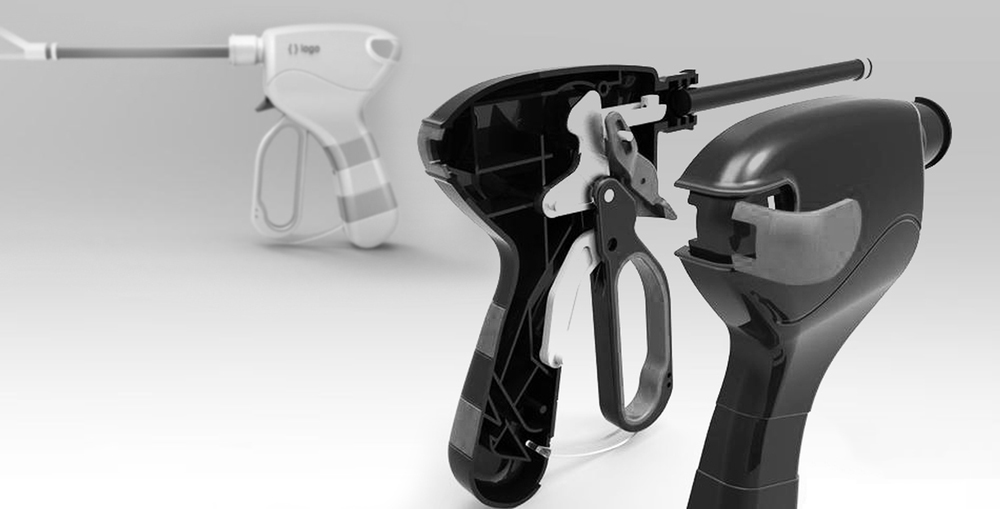
2. Check for intellectual property carefully
A surprisingly common mistake made early in the design process is to forget about patents and other forms of intellectual property when designing a product. If you happen to violate a patent while working on your similar product, you may be in for a costly lawsuit. Likewise, if you’re creating something new and different, you may have cause to get a patent for yourself.
If you’re unaware of this and don’t patent it, it’s possible you could be letting a great opportunity slip through your fingers. Before continuing forward on any product, it’s worth doing your due diligence as far as patents and intellectual property. It can save you from lawsuits later down the road, as well as helping you take advantage of any patents you may be entitled to going forward.
Keeping track of your own intellectual property can also benefit you later in the production process. If you have invested time and money into the research and development of your own product, only to see a shameless copy come out at the same time, you may be able to make a claim on it. Learning about intellectual property is important both to avoid a lawsuit and to find out if a patent is necessary to protect your work, so doing this research is not a waste of time.
3. Make team communication a priority
As children, many of us played a game called “telephone.” In this game, someone whispers a phrase to one person, who whispers it to another, until everyone playing has had a turn. The last person at the end then says the phrase out loud. By the time the message has gotten to the end of the line, it is often completely different from what the original person said. People confuse one word for another, and mistakes are made. While this might be funny as birthday party entertainment, it’s not funny when thousands of dollars are being poured into a new product.
We can learn from the game of telephone by limiting how often our product needs to change hands, and by being very clear about what is needed with each transition.One common example of a product handoff is sending a project out for consultation on materials. If you’re unfamiliar with a certain type of material, such as a specific plastic or metal, it’s common to hire a consultant to help make sure the product will be produced as intended.
You may also need a consultant at several other points down the development road. If that’s the case, you can limit the number of times your project is handed off by searching out a consultant who helps in multiple different phases of production.By making sure you can use the same person as many different times as possible, you ensure that you’re speaking with someone who is already familiar with the project whenever necessary.
It’s also important to take the time to go over the project and make sure everything is understood before handoff. Avoid using 3d product modeling professionals or team members with poor communication skills, as this is a critical weakness that increases the risk of mistakes being made. If you haven’t selected someone yet, offering them a smaller project and seeing how well they communicate first-hand can be a big time-saver. If they end up never communicating, or communicating poorly, you can find someone else before vast amounts of time and money have been spent.
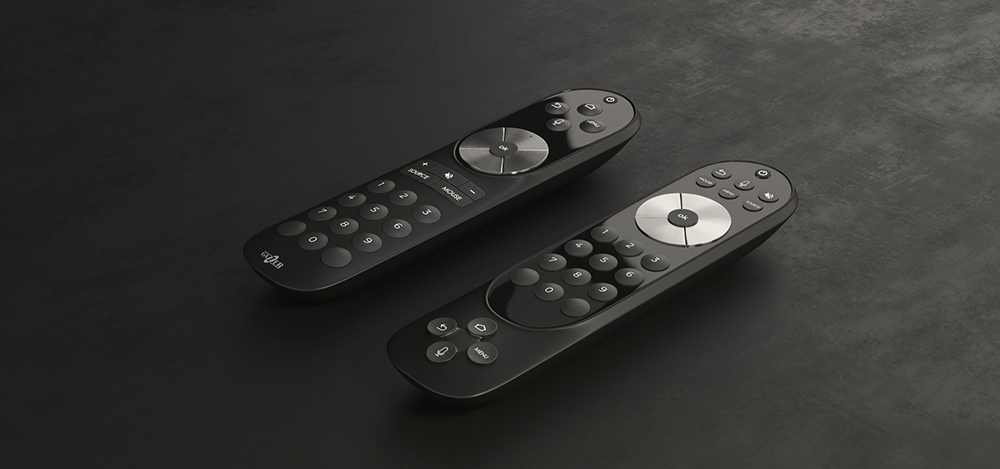
4. Look for cloud-based software
Imagine you are working with a large team on a new product. Several members of the team are working to update a 3D model of the design, but due to a breakdown in communication, they don’t share the model and end up doing the same work or making changes to an old model. This happens surprisingly frequently, especially when the team is remote or relatively large. Cloud-based software can help with this, by updating projects in real time. Everyone who is working on the project gets their computer software updated at the same time, so they are always working on the most up-to-date version of the product.
This kind of technology is important because it doesn’t rely on busy staff remembering to keep the project up-to-date with everyone involved. Reducing reliance on people for trivial things not only reduces human error, but also frees up time and may reduce the cost of having to redo work. Although integrated software has been around for a few years, smaller teams may not have access to it. There is a learning curve associated with programs that use the cloud to keep everyone updated, so you may need to look for people who have an understanding of this type of software.
5. Design for manufacturers from the beginning
One of the most common product mistakes happens after the product design is finished. The design is sent to the manufacturer, only to have the design rejected because it isn’t easy or practical to manufacture. Sometimes the design makes it to the manufacturing process, but due to a mistake no one noticed before, the product doesn’t work as intended. These are all terrible and costly mistakes, but if you know what a manufacturer needs in order to produce a product it can help speed up the process and save a lot of money.
By designing for ease of manufacturing, you are unlikely to have your design kicked back to you. It can also reduce and eliminate mistakes that make the product harder to sell or less desirable. In order to make sure your design is manufacturer-ready from the beginning, you’ll need to seek out a CAD designer with experience in manufacturing designs at the outset. That designer should have experience in the type of material you are using, or the type of product you are creating.
Designers with experience in creating manufacturer-ready designs can help in a surprising variety of ways. They may be able to suggest materials more appropriate to your design, change your product in a small way to save thousands on production costs, and avoid making product components that won’t manufacture well. If you are making a toy, for example, a designer might be able to find a way to make the outer shell out of only two pieces, instead of a more complicated, earlier design. Reducing how many parts need to be made can save thousands or even millions over time.
RELATED: Top 50 Resources to Find a Manufacturing Company for Your New Product Design
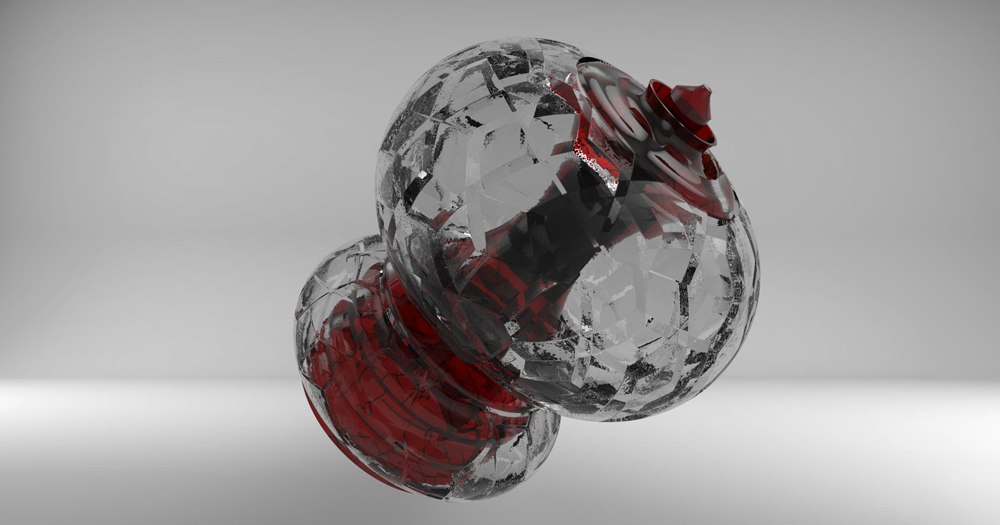
6. Start communicating with manufacturers early
If you’re inexperienced with product design, you might think that developing a product is a linear path. You start with an idea, create a design, check the design with a prototype, and then manufacture and sell it. The simple truth is that all of these steps are linked, and you should be looking ahead to the manufacturing stage from the beginning of the design phase.
The earlier you start communicating with manufacturers, the better your chance will be of a smooth manufacturing process. Many manufacturers are willing to give design feedback on what you have done, which is of great assistance in getting your product manufacturer-ready. Speaking with the manufacturer early has one other benefit—early supply line feedback can mean lower costs overall.
Remember that if you switch manufacturers after designing for the needs of that manufacturer in particular, you may have to change the designs to suit another one. Although creating a design that is manufacturer-ready greatly helps, many manufacturers have different machinery, and different ways of doing things.
7. Not ordering a prototype
Once you’ve designed your product and gotten it manufacturer-ready, it’s time to order 100,000 copies and start selling them, right? You could indeed do that and receive those copies to sell, but have you tried the product out yourself to see what it’s like? One of the biggest mistakes a new product designer makes is not making use of prototype design engineering professional. A prototype can help you discover immediately that the product you’ve made isn’t comfortable to use, has a specific problem, or needs major changes done.
Many CAD designers can limit the need for multiple prototypes through analyzing materials for strength and testing things virtually, but that doesn’t always guarantee perfection. Before you commit to selling a product, order a prototype and try it for yourself. Is it easy to use? Does it look nice? Does it break too easily? If it looks good according to the CAD designs but breaks when used as intended, it will quickly become a flop with customers. By putting the product in your hands and seeing for yourself how it works and whether it is any good, you can make changes now before you have thousands of copies of a product you can’t sell.
A physical copy can also help spur new ideas on how to improve it. You might see it and think to yourself, “This is good, but with this small addition it can be even better.” Even if a prototype is more costly per unit than a large run of products, getting one made can save thousands, protect brand image, and avoid costly mistakes. Unless you are very sure of your 3D printing design, you should have one made every time a new product is created.

8. Failing to invest in consumer research
You might think you know what the consumer wants, but what you want and what your demographic wants can be surprisingly different. The Beanie Baby craze that swept the nation in the 90s was just another stuffed animal, and yet the idea took off. The only way to know for sure what your demographic likes is to conduct market research. Find people in the demographic you hope to sell to, and collect data on what they truly want and need in a product.
Although you can certainly design a product that matches your own wants and ideals, it may fall flat with your target audience, even if you find it appealing. The only way to know for sure is to collect data and follow that data—not your own hunches. When the time comes to market your new product, it’s also important to promote its most attractive features.
You might think its cleaning power is the key feature that will interest your customer base, but it’s actually the sustainability of it that grabs their attention. Use your consumer research to find out what features are most important to your customer base and promote those aspects when advertising. Simply addressing different features may be the key to helping boost sales.
9. Check industry standards
Our world is constantly changing. New demands are being placed on different industries at all times. If you are designing a product in a regulated industry, it’s critically important that you stay up-to-date on those regulations and meet all standards before finishing the design. It can be very costly to get halfway through a design, only to find out that the standards have changed or will change in just a few months. It’s better to turn these changes to your advantage, and be one of the first with products that meet the new standards to hit the market.
You can avoid these costly mistakes by making sure your designer is up-to-date on the industry you are working in, and is aware of all these changes. They can help guide you through developing a product that meets all standards, so you won’t find yourself with product you are unable to sell later down the road, or having to go back to the beginning of the design process to meet new requirements.
10. Ask about budget updates frequently
When you have a great team of workers putting their heads together on your project, it can be easy to let them take the reins and simply check-in at the end of the process. Imagine getting to the end and receiving a production bill big enough to make you faint. Although this might seem unlikely, especially if you set out an original budget plan, it happens with surprising frequency. It’s easy for a team to lose sight of budgeting goals in light of making the perfect product, especially if they aren’t reminded on the topic.
Make sure to bring up budget costs frequently when meeting with your team members. You can bring it up once or twice a month to be sure they are keeping budget goals in mind. This not only helps them work on keeping costs down, it also means that if they really think a budget increase will improve the product they can let you know early so it isn’t such a shock. Talking about the budget regularly is a critical part of the development process, and will help reduce costs down the road.
RELATED: How Are Product Design vs. Industrial Design Services Different?
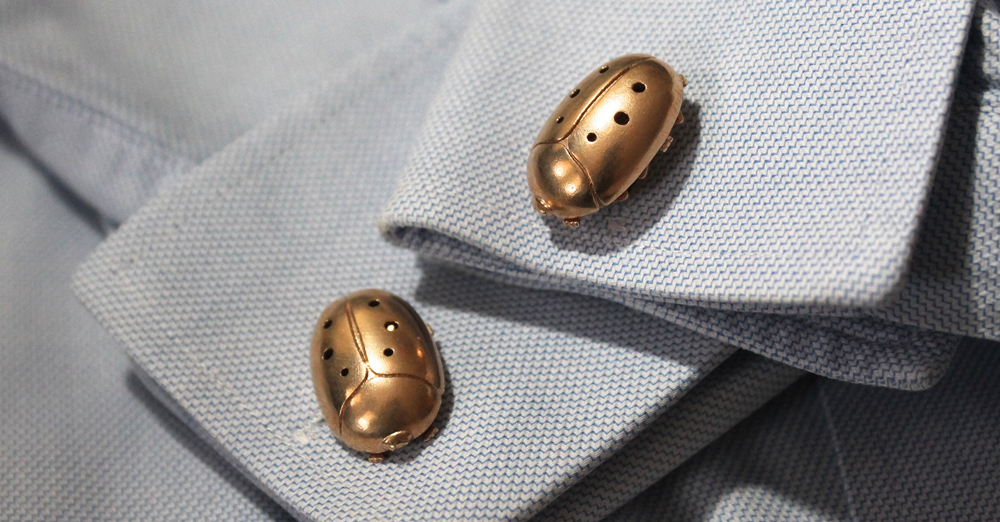
11. Keep an eye on the project timeline
Another area where it’s easy for a team to lose sight of the project is the timeline. Problems may crop up, setbacks occur, or perhaps the team didn’t make your project their biggest priority. Whatever the case may be, frequent delays can put your project on hold and cause your money to get tied up in waiting for completion.
You can avoid this by familiarizing yourself with your timeline and keeping up-to-date on any delays your team is reporting. If you notice a lot of delays, you may need to ask your team members to find other areas where they can streamline the process and speed things up, to try and make things continue on time. The simple act of keeping an eye on the timeline can be enough to keep it on schedule. When you are actively checking to make sure that each process is completed on time, you can catch small delays and correct for them before they become big delays. Even a few days here and there can add up.
If you notice a particular company you are using is constantly delayed, it may be worthwhile switching to a company that makes your tasks a priority. A company that is chronically late can end up costing you more money, even if the company you switch to is more expensive. The simple truth is, the longer a project takes, the more expensive it usually is, so sticking to your timeline is one of the best things you can do to keep costs down while maintaining the same quality of a product.
12. Deal with problems, not people
Some common mistakes aren’t part of the product development itself, but in how the people doing the development are handled. When an issue comes up, it’s important that you are alerted right away so that you can deal with the problem. When someone delivers bad news, it’s easy to redirect your anger at the mistake to the messenger rather than the issue itself. When people learn that they can expect an angry outburst instead of help dealing with the problem, they may be reluctant to let you know at all.
The end result is that you won’t know the issues until the product is well advanced into the development stage. By this time, what might have required a modest amount of time and money to address can be extremely costly, if impossible, to fix. Instead, make it a point to never shoot the messenger. Thank people for alerting you to possible issues, and brainstorm how to fix the problem instead. A good attitude can go a long way to helping your team stay sharp, and keeping you alert to problems rather than hiding them from you.How you treat your team truly matters, and it can even have a dollar value. Always treat team members like the assets they are.
13. Hiring the wrong team
You might think you can relax on hiring a quality team if you’re working on a small project, but the simple truth is even the tiniest project can still be messed up by a poor team. The potential for disaster of course goes up exponentially the bigger the project, so it simply makes sense to hire top quality. When searching out a team, do your due diligence. Take the time to look at portfolios, email questions to the potential companies or freelance workers you plan to hire and follow up on any referrals they offer you.
It’s better to find out that a company you are looking at is chronically late, has poor communication skills, or imposes surprise fees before you hire them. By the time you’re in the middle of a new project it’s often too late to do anything but hope you can limp through to a successful finish.
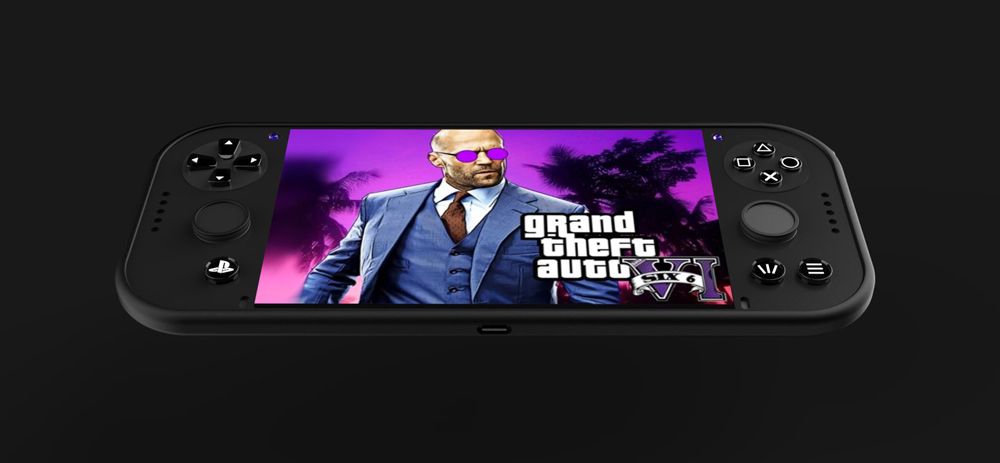
14. Failing to change
If you’re hoping to use a new team for a particularly large project, it might be worthwhile taking the time to test the waters with a small project first. It’ll be easier to see how well they function with your current staff and whether there are any issues that would be a problem with a bigger project; it will also give you a good idea of what their skill levels are.
The market is constantly evolving. New products are being raced out onto store shelves at a frightening speed, and sometimes this makes past technologies or products irrelevant. This not only happens to last year’s phone model or a computer from the 80s, but also with new product designs that haven’t been put out to market yet.
It’s important to pay attention to the market even as you develop your product, in case changes occur that require you to update your current model. If someone beats you to the market with their product, you’ll have to find some way to make yours relevant, or scratch the project altogether. Luckily, when a product is still in the development phase there is still time to make those changes. If you’re paying attention to the market and see a product that makes yours seem dated, changing your product now will still mean you can bring a product to the market that is timely.
15. Rushing to market
Many people with a new product in development try to avoid this situation entirely by rushing the product to market as fast as possible. The idea is that by speeding through the process, the product will be the first one out there and everyone else will be forced to do the changing instead. This strategy can have some benefits. The first product on the market has the best chance of success, because the market hasn’t been saturated with other, similar products yet. When your product is the first one out there, it has time to establish itself before more products come into play.
The potential downside is that if you rush to market and sacrifice quality along the way, the product is more likely to be a flop. No one wants a poorly functioning product. If your product has grievous issues it paves the way for better products to quickly push yours out of the picture. Although being first to the marketplace is highly beneficial, it shouldn’t come at the cost of quality. Take the time to make sure the product functions well, so that your place in the market is secure.
Your design firm simply can’t create a great product and rush it at the same time. When planning your timeline of development, take the time to communicate with your team and ask them how much time they need in order to get the job right. By planning based on what your design firm thinks, you’ll get the best of both worlds.
While rushing to market may lead to a faulty product, it’s also important not to go too slow. The simple truth is every product on the market right now probably could have used more time in development. There’s always something that can be improved, always a change that will make it look or perform a little better. The trick is to strike a balance between reaching the market at an appropriate time, and not pressuring the development team to get through so fast they miss something important.
Good communication can help during this process. Stay in contact with your team, listen to what they have to say, and if they insist that they need more time—it may be best to trust them.
There are so many different factors that go into product development. There’s no doubt that a strong and high-quality design team will make a huge difference to the outcome of your product, but avoiding mistakes is also highly important. By knowing what the most common mistakes are and working to avoid them, you can get done faster than other companies because you haven’t had to stop the process to redo something.
You may also save money during the process, because every mistake, no matter how small, usually has a cost to it. If you’re careful to do things right and avoid mistakes, you’ll save money through not having to repeat these processes over and over again. The next time you start a new project, take your time to find a great team that communicates well, and do your due diligence at every step of the way.
How Cad Crowd can help
Cad Crowd is known for its large network of top industrial and product designers around the world. Let us help you design products that not only look good but work! Find out how it works today.
